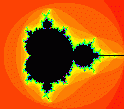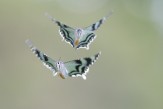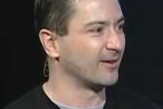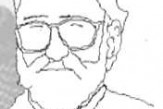attention
Scicon Review
Neural Mechanisms of Visual Attention: How Top-Down Feedback Highlights Relevant Locations
Attention helps us process potentially important objects by selectively increasing the activity of sensory neurons that represent the relevant locations and features of our environment. This selection process requires top-down ...
Scicon Review
Studying the wandering mind
Do your thoughts stray from your work or studies? Do you catch yourself making to-do lists when your attention should be elsewhere? Welcome to the club. College students reported mind-wandering almost one-third of the time in t...
Scicon Review
What do we hear with our eyes?
Would we hear things differently if we always kept our eyes closed? The answer is yes! The McGurk Effect is a classic illustration of how the spoken sounds we hear are influenced by whether or not we can see the speaker’s lip...
Scicon Review
The Multi-Source Interference Task
Abstract of The Multi-Source Interference Task: an fMRI task that reliably activates the cingulo-frontal-parietal cognitive/attention network, in Nature. In this protocol we describe how to perform the Multi-Source Interference...
Scicon Review
Visuo-spatial consciousness and parieto-occipital EEGs
Which brain areas are involved in visuospatial consciousness? In a recent study by Babiloni and colleagues, subjects performed a visual perception task. Interestingly, these scientists found that visual-evoked potentials at par...
Scicon Review
The impact of invisible stimuli
The more clear a stimulus is, the more distracting it can be. Or so you might think. In a recent Science publiation Tsushima et al. report that weak stimuli that are irrelevant to the task being performed—have a greater impac...













